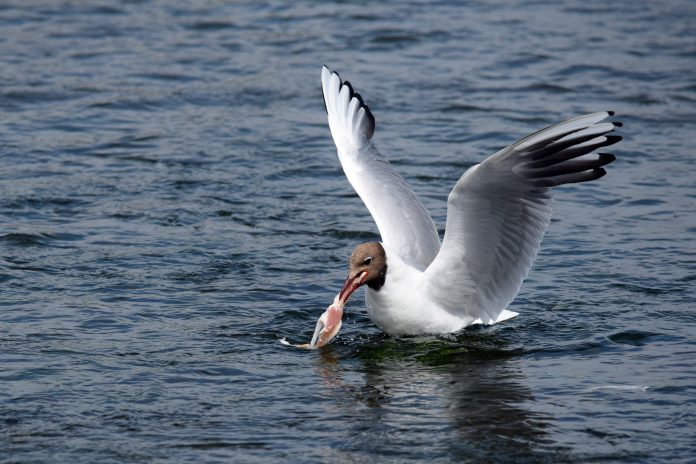The Baltic Sea fishing proposal, which will define sustainable sea-use in the region, has been adopted by the European Commission for 2022
Today (26 August) the European Commission adopted the Baltic Sea fishing proposal for 2022, which will aim to support recovering cod and herring populations.
According to the IPCC Report, temperatures in the Baltic Sea have risen dramatically since the 1980s. The research, put together by over 700 scientists, found that overfishing and climate-induced changes to the region have changed the structure of the deep basins there.
As the dynamics of fishing change, people are pushing further to catch the fish that they need. According to one study, Marine Protected Areas (MPAs) are still liable to be overfished, due to the ecological “edge effect.”
Liz Clift, ecology writer, said: “In ecology, edge effect refers to changes in a population or community along the boundary of a habitat. A clear example of this is when an agricultural field meets a forest.”
Now, the overfishing in that region is meeting stricter limitations.
Which fish quotas will be different in 2022?
1. Cod
For eastern Baltic cod, the Commission proposes to maintain the level and all the accompanying measures from the 2021 fishing opportunities.
For western Baltic cod the scientific advice from the International Council on the Exploration of the Seas (ICES) is postponed to mid-September, and the Commission will update its proposal accordingly.
2. Herring
The stock size of western Baltic herring remains below safe biological limits and scientists advise for the fourth year in a row to stop catching western herring. The fishery will be closed, and there will be a limit placed on unavoidable by-catches.
For central Baltic herring, the EU proposes a reduction of 54% in line with the ICES advice, because the stock size has dropped very close to the limit below which the stock is not sustainable.
In line with the ICES advice, the Commission proposes to decrease the TAC level for herring in the Gulf of Bothnia by 5%, while the situation for Riga herring allows for an increase of the TAC by 21%.
3. Plaice
While the ICES advice would allow for an increase, the Commission remains cautious, mainly to protect cod – which is an unavoidable by-catch in plaice fisheries as currently conducted. It therefore proposes to maintain the TAC level unchanged.
4. Sprat
Similarly to plaice, the ICES advice for sprat would allow for an increase. The Commission however advises prudence and proposes to maintain the TAC level unchanged. This is because sprat and herring are caught in mixed fisheries and the TAC for central Baltic herring has to be reduced again significantly. Moreover, sprat is a prey species for cod, which is not in a good condition.
5. Salmon
Currently, there is no scientific advice on salmon till mid-September. But the species needs to recover.
“The state of the Baltic Sea is not only related to fishing”
Virginijus Sinkevičius, Commissioner for Environment, Oceans and Fisheries, said: “The poor environmental status of the Baltic Sea is heavily affecting our local fishermen and women, who rely on healthy fish stocks for their livelihoods. This is why the Commission is doing its utmost to restore those stocks, and today’s proposal is a reflection of that ambition.
“However, the state of the Baltic Sea is not only related to fishing, so everyone must do their part to build the long-term sustainability of this precious sea basin.”











